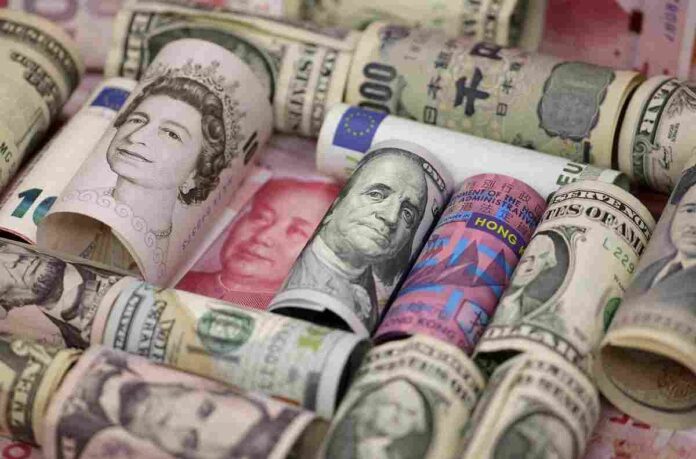Despite stronger dollar inflows this fiscal year, importers in Pakistan are facing significant challenges accessing foreign currency, as prices continue to rise beyond official exchange rates.
Dawn reported, citing banking industry sources, that only 20% to 30% of importers are currently able to secure permission from banks to purchase dollars for import payments. This situation persists even as the State Bank of Pakistan (SBP) insists that there are no formal restrictions on imports.
Trade data for May revealed an 8% decline in imports and a 23% reduction in the trade deficit on a month-to-month basis, signaling some improvements in Pakistan’s external trade. However, the shortage of foreign currency has led to higher prices for imports, pushing the effective price of dollars beyond the official rates.
A currency dealer in the interbank market explained that while banks have been instructed to arrange dollars for import payments, the solution has proven to be challenging. He noted that only a few banks, referred to as “export banks,” are able to access the bulk of export proceeds and manage to provide dollars. However, even these banks are unable to meet the full demand, leading to importers having to pay Rs2 to Rs3 more per dollar than the official interbank rate.
Zafar Paracha, a representative from the open market, dismissed concerns of panic-buying, suggesting that the demand for dollars was partially driven by the Haj season.
He further pointed out that purchasing dollars from the open market is not a simple process, as buyers are required to submit documentation and satisfy the scrutiny of investigative agencies. While it is relatively easy to acquire up to $500, obtaining more than $1,000 could attract attention from the Federal Investigation Agency (FIA), complicating the process for many importers.
According to a senior banker, the stabilisation of the exchange rate has been largely supported by higher remittance inflows, which continue to contribute to economic stability.
Pakistan is projected to receive $38 billion in remittances during FY25, and the target for FY26 has been set at $39 billion, further bolstering the country’s foreign exchange reserves.
























